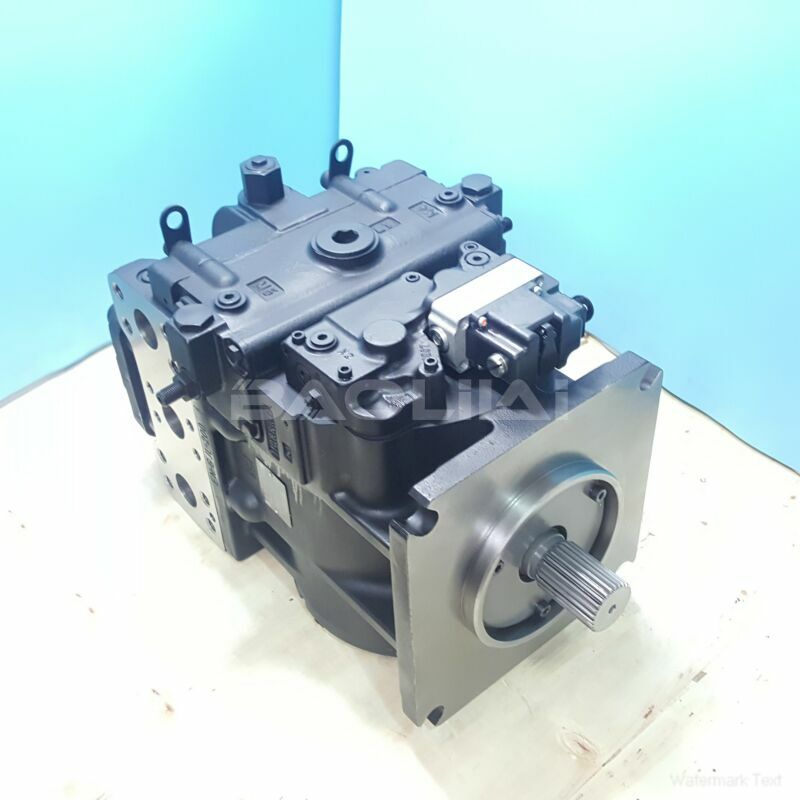90L055KA1BC60R3S1C00GBA353524 danfoss pump
90L055KA1BC60R3S1C00GBA353524 danfoss pump

- Product Details
- Applicable Scene
In the realm of hydraulic systems, the efficiency and effectiveness of hydraulic test stands are paramount for various industrial applications. Central to achieving high performance in these test stands is the design of hydraulic oil pumps. This article explores the key considerations and innovative approaches in the design of hydraulic oil pumps to enhance the functionality and reliability of high-performance hydraulic test stands.
90-L-055-KA-1-BC-60-R-3-S1-C-00-GBA-35-35-24
90L055KA1BC60R3S1C00GBA353524
Hydraulic oil pumps are critical components in hydraulic systems, converting mechanical energy into hydraulic energy by pressurizing hydraulic fluids. The design of these pumps greatly influences the overall performance of the hydraulic test stands. Several factors must be taken into account to ensure optimal performance, including flow rate, pressure capabilities, efficiency, and durability.

83029412
One of the first considerations in designing hydraulic oil pumps for high-performance test stands is the selection of appropriate pump types. Common types of hydraulic pumps include gear pumps, vane pumps, and piston pumps, each offering unique advantages depending on the application requirements. For high-performance environments, piston pumps are often favored for their ability to deliver high pressure and flow rates while maintaining efficient operation.
Another critical aspect of pump design is compatibility with different hydraulic fluids. High-performance test stands may require specific hydraulic oils with varying viscosities and temperatures. Engineers must ensure that the materials used in the pump components are resistant to corrosion and degradation when in contact with these fluids, thereby extending the pump’s service life and reducing maintenance needs.
Efficiency is a key performance metric in hydraulic systems, and reducing energy consumption is essential for both cost-effectiveness and environmental sustainability. Advanced pump designs can incorporate features such as variable displacement mechanisms, which allow for precise control of flow rates based on the operational needs of the test stand. This capability not only enhances efficiency but also contributes to the overall performance and responsiveness of the hydraulic system.





